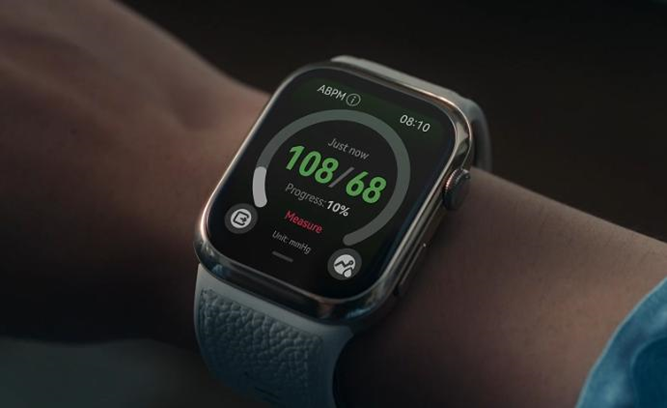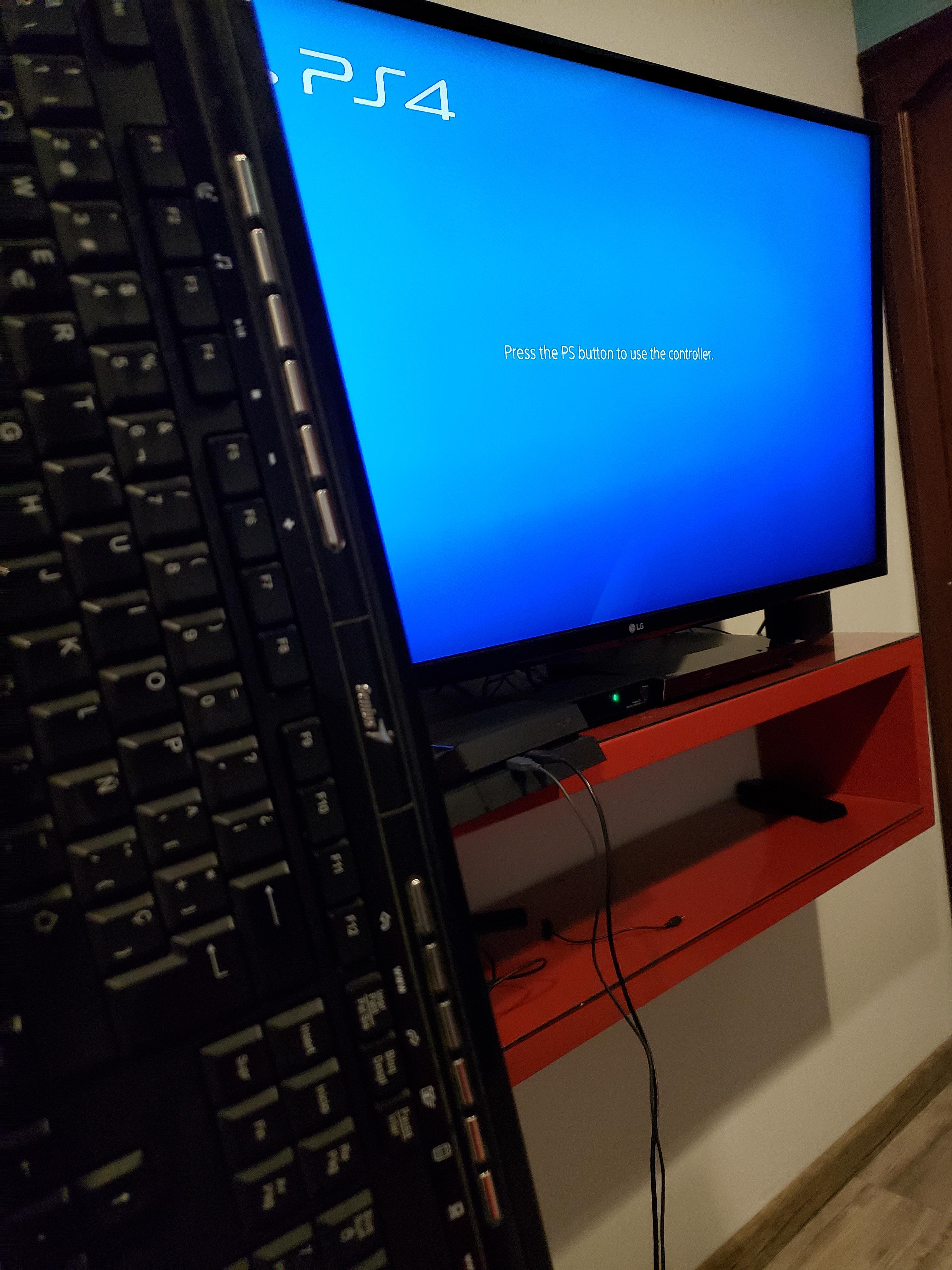How to Track Your Blood Pressure at Home Effectively
Monitoring your blood
pressure at home provides a clear and accurate picture of your cardiovascular
health. Instead of relying solely on occasional doctor’s visits, home tracking allows
you to maintain a constant watch over your condition. This can lead to
proactive management of any fluctuations or issues that arise, ensuring better
overall health. By following proper techniques and using reliable equipment,
you can confidently track your blood pressure and make informed decisions
regarding your health.
Why Tracking Your Blood Pressure at
Home is Important
The Role of Home Monitoring in
Managing Hypertension
Home blood pressure monitoring plays a crucial role in managing hypertension. Consistently tracking your measurements helps in identifying patterns and triggers, enabling you to make necessary lifestyle adjustments. For example, you may discover that a certain food or activity spikes your blood pressure, while foods to eat to lower blood pressure could help stabilize it. This insight allows you to avoid blood pressure-raising foods and incorporate healthier options into your diet. In addition, regular home monitoring provides valuable data your doctor can use to tailor your treatment plan more effectively.
Understanding the Risks of
Unmonitored Blood Pressure
Failing to monitor your blood
pressure can have serious consequences. High blood pressure often exhibits no
symptoms until it reaches dangerous levels, making it a “silent killer.”
Unmonitored hypertension can lead to severe health issues, such as stroke,
heart attack, and kidney disease. By keeping an eye on your blood pressure at
home, you reduce the risk of these complications and ensure timely medical
intervention if your readings indicate potential problems.
What Equipment Do You Need to Track
Your Blood Pressure at Home?
Key Features to Look for in Home
Monitors
When selecting a home blood
pressure monitor, focus on accuracy and ease of use. Opt for a device with a
clear display, memory storage for past readings, and the ability to detect
irregular heartbeats. Bluetooth or smartphone app connectivity can also be a
helpful feature, allowing seamless tracking and sharing of your data with
healthcare providers. Huawei Watch D2, for instance, offers high-level data
insights and the convenience of on-the-go measurements.
Manual vs. Digital Blood
Pressure Monitors
Choosing between manual and digital
blood pressure monitors depends on personal preference and needs. Manual
monitors, which include a cuff, squeeze bulb, and stethoscope, provide accurate
readings but require practice and skill to use correctly. Digital monitors,
like the Huawei Watch D2, are user-friendly and often preferred for home use.
They offer automatic inflation and deflation, making them ideal for individuals
who want quick and reliable readings without the need for specialized training.

How to Measure Blood Pressure
Accurately at Home
Preparing for an Accurate Reading
To ensure accurate readings, follow
these steps: 1. Rest for five minutes before taking a measurement, sitting
quietly without any distractions. 2. Sit with your back supported, feet flat on
the floor, and arm at heart level. 3. Avoid caffeine, smoking, or exercise for
at least 30 minutes prior. Using a watch like the Huawei Watch
D2 can streamline the process, providing consistent tracking, even during
sleep.
Common Mistakes to Avoid When Measuring
Avoid common pitfalls to ensure
your readings are correct. Do not talk or move during the measurement as these
actions can skew the results. Ensure the cuff fits properly – it should be snug
but not too tight. Using the wrong size cuff can significantly affect the
accuracy of your readings. Additionally, take multiple readings at different
times throughout the day to get a more comprehensive picture of your blood
pressure trends.
What to Do with Your Blood Pressure
Readings
Interpreting Your Readings: What
Numbers Mean
Understanding your readings is key
to managing your health. Blood pressure is recorded as systolic over diastolic
pressure (e.g., 120/80 mm Hg). Systolic pressure indicates the force of blood
against artery walls during heartbeats, while diastolic measures the force
between beats. Normal readings are typically around 120/80 mm Hg, while higher
numbers may indicate hypertension. Regularly reviewing your data can highlight
trends and potential health issues early.
When to Contact Your Doctor for
Further Advice
Consult your doctor if your
readings consistently fall outside the normal range. Hypertension (140/90 mm Hg
or higher) or hypertension crisis (180/120 mm Hg or higher) requires urgent
medical attention. Share your logs with your healthcare provider, giving them a
comprehensive view of your blood pressure patterns. Using advanced devices like
the Huawei Watch D2 makes it easier to compile and share this data effectively.

Conclusion
Consistent
home monitoring of your blood pressure is essential for maintaining good health
and effectively managing hypertension. Using reliable devices, such as the
Huawei Watch D2, and following proper measurement techniques provide valuable
insights into your cardiovascular health. Regular monitoring allows you to
track changes in your readings, understand how lifestyle factors affect your
blood pressure, and make informed decisions. By staying proactive and
communicating your results with your doctor, you ensure the best possible
outcomes for managing your blood pressure and improving overall well-being.
Take charge of your health by making home monitoring a regular part of your
routine.


